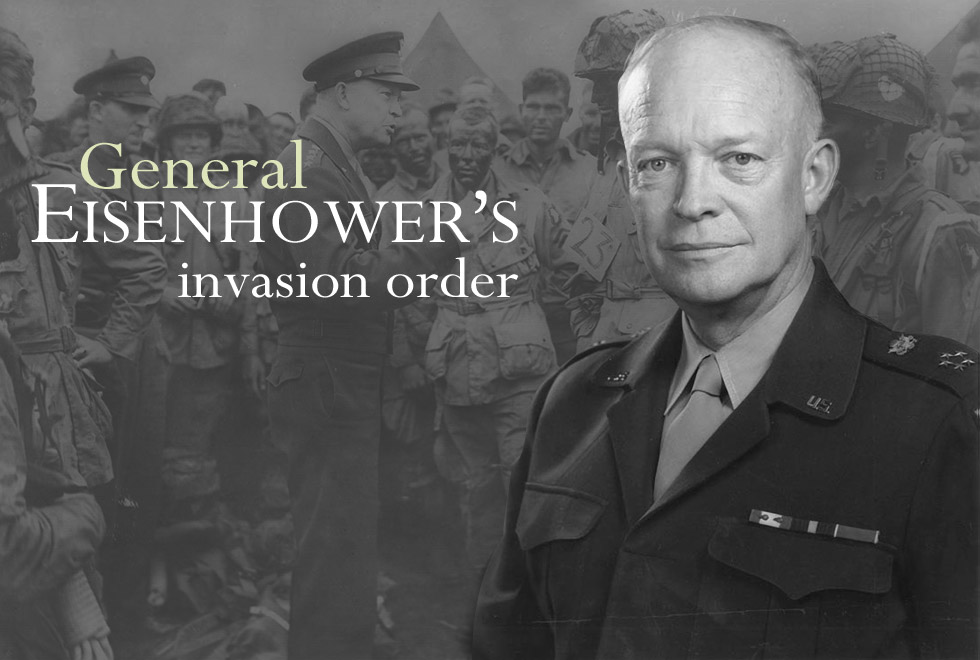


National D-Day Memorial Foundation has verified that 2,499 Americans and 1,914 from other Allied nations were killed on that day - a total of 4,413 Allied deaths. Although it was a decisive Allied victory that changed the course of World War II, thousands of courageous young men gave their lives on those beaches in northern France. On June 6, 1944, the Allied forces stormed the beaches of Normandy, France, to begin freeing northwestern Europe from under the boot of Nazism. (Photo: Universal History Archive/UIG via Getty Images) troops wading through water after reaching Normandy, France, and landing on Omaha Beach on D-Day, June 6, 1944. forces, General Omar Bradley, considered cancelling further landings on Omaha Beach when the success of operations ashore appeared in doubt.Ħ.Remembering D-DayU.S. During the invasion, the commander of U.S. In it he accepted full responsibility for the failed attack despite the fact the plan was in its advanced stages when he assumed command. General Dwight Eisenhower, the Supreme Allied Commander, went so far as to draft a letter (right) to be read in the event of defeat. In hindsight, the overwhelming success of the Normandy landings blinds contemporary observers to the very real fear among some Allied leaders that the invasion could fail. (Left) Eisenhower was not always so confident as seen in this letter he drafted should the operation fail.

(Bottom right) General Dwight Eisenhower gives his famous “Full victory-nothing else” speech to paratroopers just before the invasion. (Top right) Lieutenant-General Frederick Morgan was the head of the planning staff for the invasion. To commemorate the battle, Origins offers ten of the most important things to know about the invasion. Opposed by German units in strong defensive positions, the Allies suffered more than twelve thousand casualties on the first day of the invasion.

This foothold would be the launching point from which the liberation of France and Western Europe would proceed. On D-Day, over 125,000 British, American, and Canadian soldiers supported by more than five thousand ships and thirteen thousand aircraft landed in Normandy on five separate beaches in order to carve out a sixty-mile wide bridgehead. Following Germany’s conquest of France in 1940 and declaration of war on the United States in 1941, a confrontation somewhere on the shores of Northern Europe became a waiting game, with only the date and location left to be answered. The Normandy Invasion (June 6, 1944) was the supreme joint effort of the Western Allies in Europe in World War II and remains today one of the best known campaigns of the war.Ĭode named Operation Overlord, it was a battle marked by its courage, meticulous planning and logistics, and audacious amphibious approach.


 0 kommentar(er)
0 kommentar(er)
